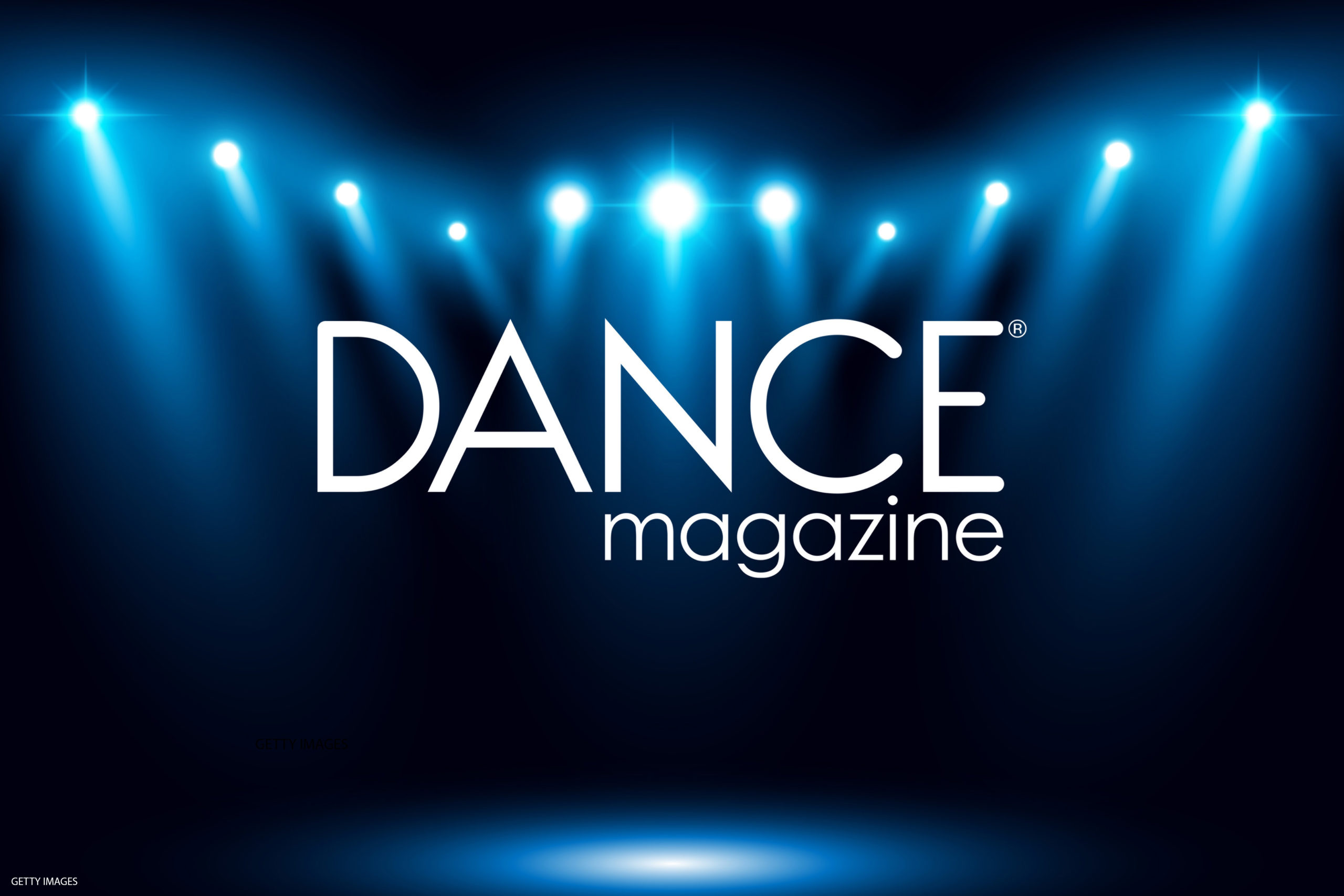Anne Teresa De Keersmaeker/Rosas and the Akram Khan Company
Anne Teresa De Keersmaeker/Rosas and the Akram Khan Company
2006 Next Wave Festival
BAM Howard Gilman Opera House, Brooklyn, NY
October 3, 5-7, 2006
Reviewed by Lisa Rinehart

Anne Teresa De Keersmaeker and Tale Dolven in De Keersmaeker’s Fase, four movements to the music of Steve Reich
Photo by Stephanie Berger, courtesy BAM
In celebration of Steve Reich’s 70th birthday, the Next Wave Festival offered something old and something new. Anna Teresa De Keersmaeker’s Fase, four movements to the music of Steve Reich, its segments named for their musical accompaniment, premiered in 1982; the evening’s new offering was the world premiere of Akram Khan’s Variations for Vibes, Pianos, and Strings, set to the 2005 composition of the same name. The two pieces illustrate how the composer’s powerfully minimalist sound can support, or overwhelm, a dance.
In Fase, De Keersmaeker uses Reich’s trademark hypnotic quality brilliantly. Mimicking his musical structure with short, simple phrases of movement—sometimes lush and circular, sometimes aggressively choppy—De Keersmaeker draws one’s attention inward like a whirling watery eddy pulls scattered petals to its center. If this sounds like an obvious choreographic response to Reich’s music, it is—but it is also stunningly beautiful and surprisingly emotional.
The piece opens with “Piano Phase” as two women (De Keersmaeker and Tale Dolven) stand in putty-grey dresses with their shadows reflected in triplicate behind. Rhythmic spins, pendulum-like arm movements, and pauses punctuated by sharp intakes of breath, create a basic movement equation. In synch with Reich, De Keersmaeker then adds and subtracts variables until the dance reflects the composer’s subtle changes in tone, rhythm, and timbre. If this were devotional dance, then it would be godly stuff.
Using the same formula, three subsequent phases are set to voice, violin, and clapping, each to different effect. For “Come Out” and “Clapping Music” the women wear masculine pants and shirts, and their movements are tight and angular. But in “Violin Phase” De Keersmaeker gives us a sensual, flowing solo of circles pierced with the occasional lunge. Whirling, she lets her eyes close in a Sufi-like trance until she stops abruptly, clenching her fists and biting the air with a defiant “I’m here.”
No such transcendence with Khan. For all his physical prowess (and that of his fellow dancers, Gregory Maqoma and Young Jin Kim), Kahn’s efforts suggest an athletic dance-off. With the players of the London Sinfonietta (an impressive lineup of 12 string players, 2 pianists, and 4 percussionists with vibraphones) onstage—presumably to present the dancers as bodily instruments—the music eclipses Kahn’s movement. Especially unfortunate is Kahn’s choice to begin and end in silence, with Maqoma seated behind a center microphone answering questions about process from an unseen (and unheard) interviewer. If a dance is successful, words are usually unnecessary. See www.bam.org.




